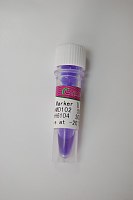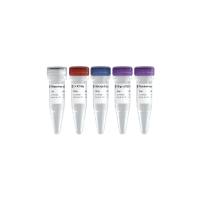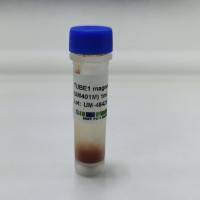The combination of
rad mutations and regulated HO endonuclease has proven to be a potent system for elucidating DNA double-strand break (DSB) repair mechanisms in
Saccharomyces cerevisiae (
see Chapter 32 ). An analogous system comprising mutagen-sensitive mutations (
see Chapter 3 ) and P element transposons, whose transposition via a “cut and paste” mechanism induces a DSB at the site of excision, is being exploited in
Drosophila melanogaster for the purpose of analyzing DSB repair in a multicellular organism. The full-length or “complete” P element is 2907 bp in length and has 31-bp inverted repeat termini (
1 ) (Fig. 1 ). Functionally, it is a single gene consisting of four exons, numbered 0–3. In the germline, these are spliced together to produce an ∼2.5-kb transcript specifying an 87-kDa transposase required for transposition (
2 ,
3 ). In somatic cells, a 97-kDa host-encoded protein binds at a site near the 3′-end of exon 2, preventing its splicing to exon 3 (
4 ,
5 ). This alternative transcript specifies a truncated polypeptide of 66-kDa that acts as a repressor of P element mobility (
6 ). An in vitro-modified P element, Δ
2–3 , in which the intron between exons 2 and 3 has been precisely deleted, expresses a transposase that is active in all tissues (
2 ). Several stably integrated derivatives of Δ
2–3 have been isolated, which express high levels of transposase without undergoing mobilization themselves (
7 ).
Fig. 1. Anatomy of a full-length P element. (Not drawn precisely to scale.)






